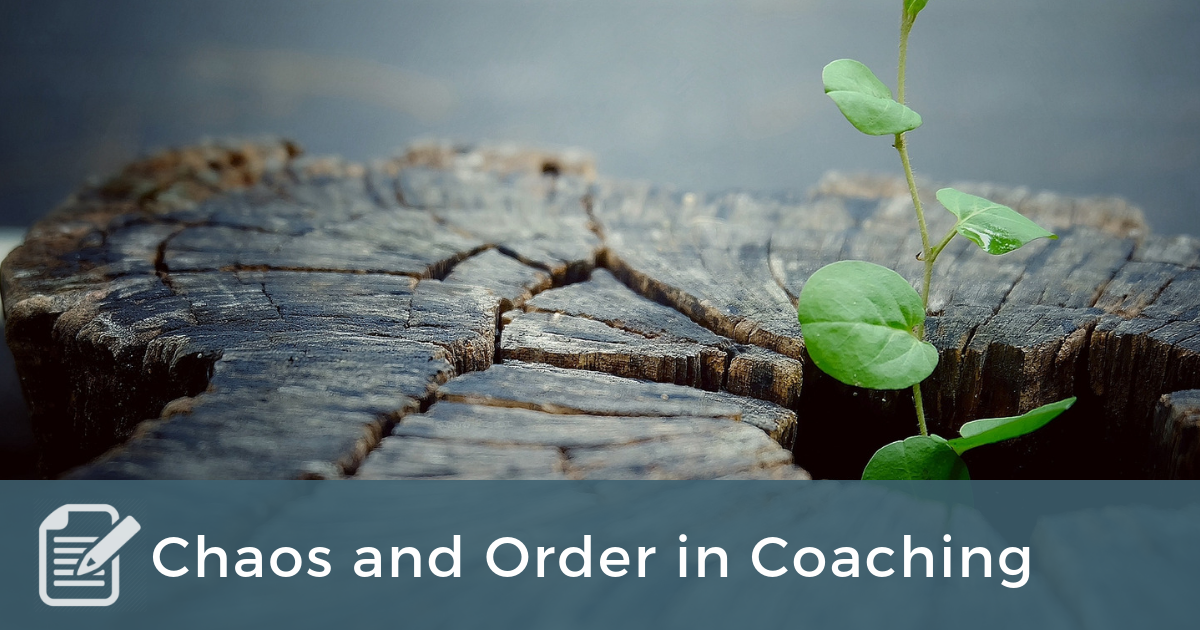 I’m currently re-reading Jordan Peterson’s significant book 12 Rules for Life: An Antidote to Chaos. Peterson, an outspoken psychologist and professor at the University of Toronto, shares observations from the fields of science, psychology, history, philosophy and religion in a book that’s an example of the self-help genre at its best. He’s an interesting person and it’s an interesting book. However, I think the subtitle is a bit off from the actual content of the book.
I’m currently re-reading Jordan Peterson’s significant book 12 Rules for Life: An Antidote to Chaos. Peterson, an outspoken psychologist and professor at the University of Toronto, shares observations from the fields of science, psychology, history, philosophy and religion in a book that’s an example of the self-help genre at its best. He’s an interesting person and it’s an interesting book. However, I think the subtitle is a bit off from the actual content of the book.
Does chaos need an antidote? Sometimes. As Peterson observes, the human brain’s most basic categories are chaos and order. So much so that the brain itself bears this dichotomy: the right side of the typical brain being more attuned to chaos and the left side more at home with order. Chaos is the domain of ignorance, not knowing, wildness, and uncertainty. There is much to fear when it comes to chaos. Chaos is the flood that destroys, the wildfire that consumes.
Chaos often needs an antidote. But sometimes the cure can kill. Order pushes into chaos and establishes the known, the tamed, the cultivated, and the structured. God’s words in Genesis speak order into the formless void of chaos and the result is creation. We need order, but too much order can be worse than too little. When everything is certain, known, controlled and tamed, life itself can get squeezed out of the picture. Too much order breeds tyranny, oppression, and stagnation.
The good life occurs in the narrow band of both/and – the place at the water’s edge where chaos and order push and pull against one another and neither gains the upper hand for too long. As Peterson writes, “Living things are always to be found in places they can master, surrounded by things and situations that make them vulnerable.” (44)
Another researcher whose work has made a deep impact on my life and work is Mihaly Csikszentmihalyi, the University of Chicago professor who developed the Flow model. It occurs to me that the Flow model is a workplace manifestation of chaos (vulnerability) and order (mastery). The Flow model says that the situations in which humans are at our best, contributing the most, and getting absorbed in the present moment comes when we are using well-developed skills to meet a difficult challenge. Too much skills for the challenge? You’ll get bored and disengage. Too much challenge for your level of skill? You’ll grown anxious and disengage. The sweet spot is found in the place of mastery and vulnerability – the place where you are fully engaged and losing yourself in your contribution.
Coaches need to embrace the chaos/order dynamic.
In our coaching, we need to grow in our ability, so we can bring healthy doses of order, process, structure, and cultivation into our coaching relationships. Stepping into a client relationship without having developed the skills, tools, and competencies of a good coach is like stepping into the flood without an ark: you’ll sink in water that’s over your head and no one will be helped.
As coaches, we should be cautioned against over-doing the order. We must take our mastery into the situations that make us vulnerable. Indeed, every good client interaction is a plunge of order into the chaos – not so the order can overcome the chaos, but so the combination of mastery and vulnerability can create new worlds.
My guess is that Jordan Peterson’s publisher “helped” with the subtitle of his book. The content of the book treats chaos as an essential part of any good and decent life, not like a disease in need of eradication. I need to remember this as I practice coaching. While I’d prefer to know with 100% confidence that my ability as a coach will be sufficient for any and all client interactions, I am not at my best when I refuse to surround that which I’ve mastered with “things and situations that make [me] vulnerable.”



1 thought on “Chaos and Order in Coaching”
Hi Chad Hall!
Thank you for speaking around this. Such great content here for us coaches. When going into a session, there has been times when I can’t help but think, “what if I don’t know what question to ask”or “feel like this conversation isn’t going anywhere.” Instead of worrying so much about “What If”, I need to start embracing more of “What Is” and trust God with the rest. I remember during my coach training having discussions that talked about, there being times in a coaching session when it’s ok for the coach to be honest and say, “I don’t know where to go from here” and you what, that’s ok too. Such an encouraging reminder. Thanks again Chad!
Thanks CAM!